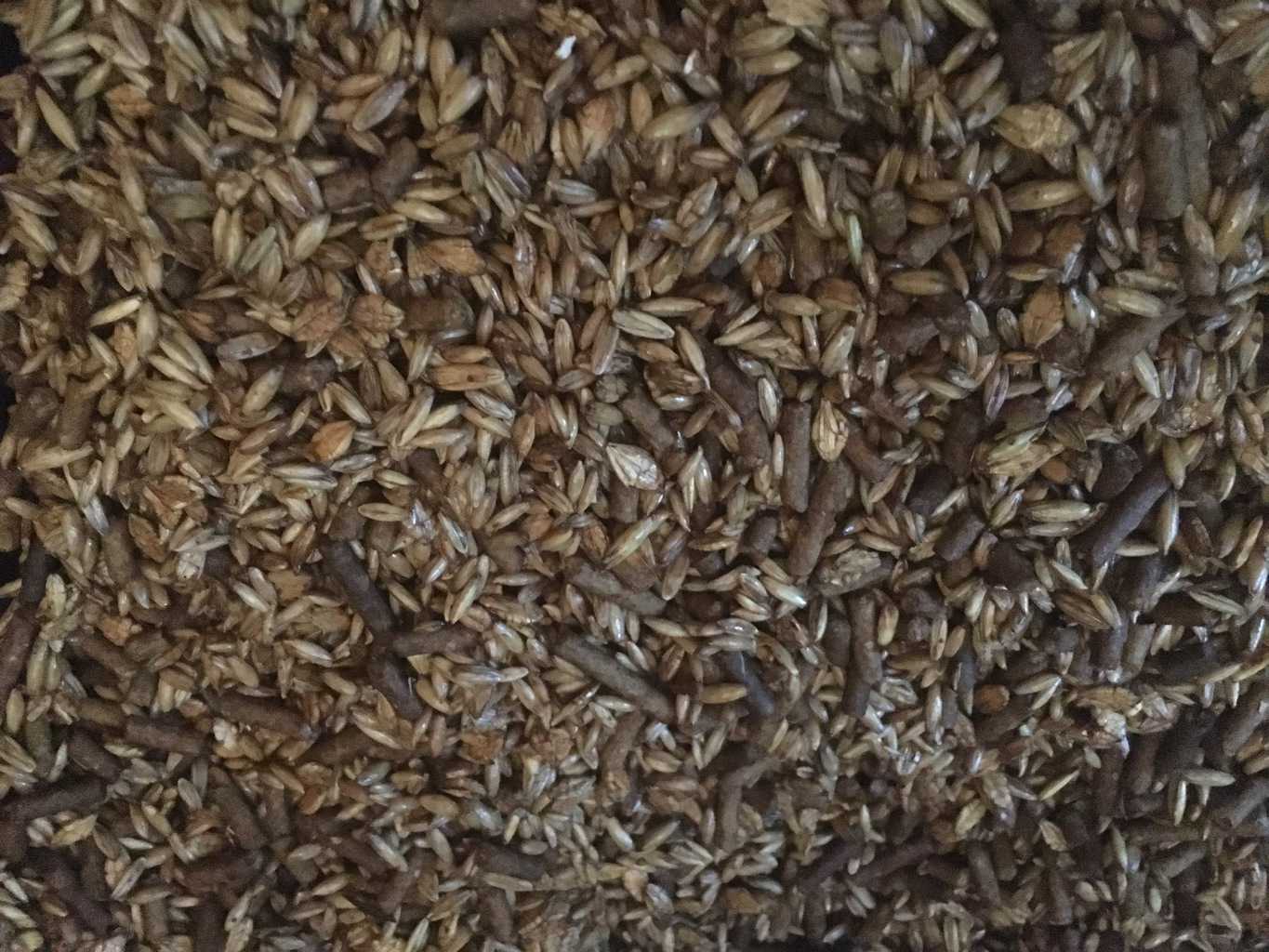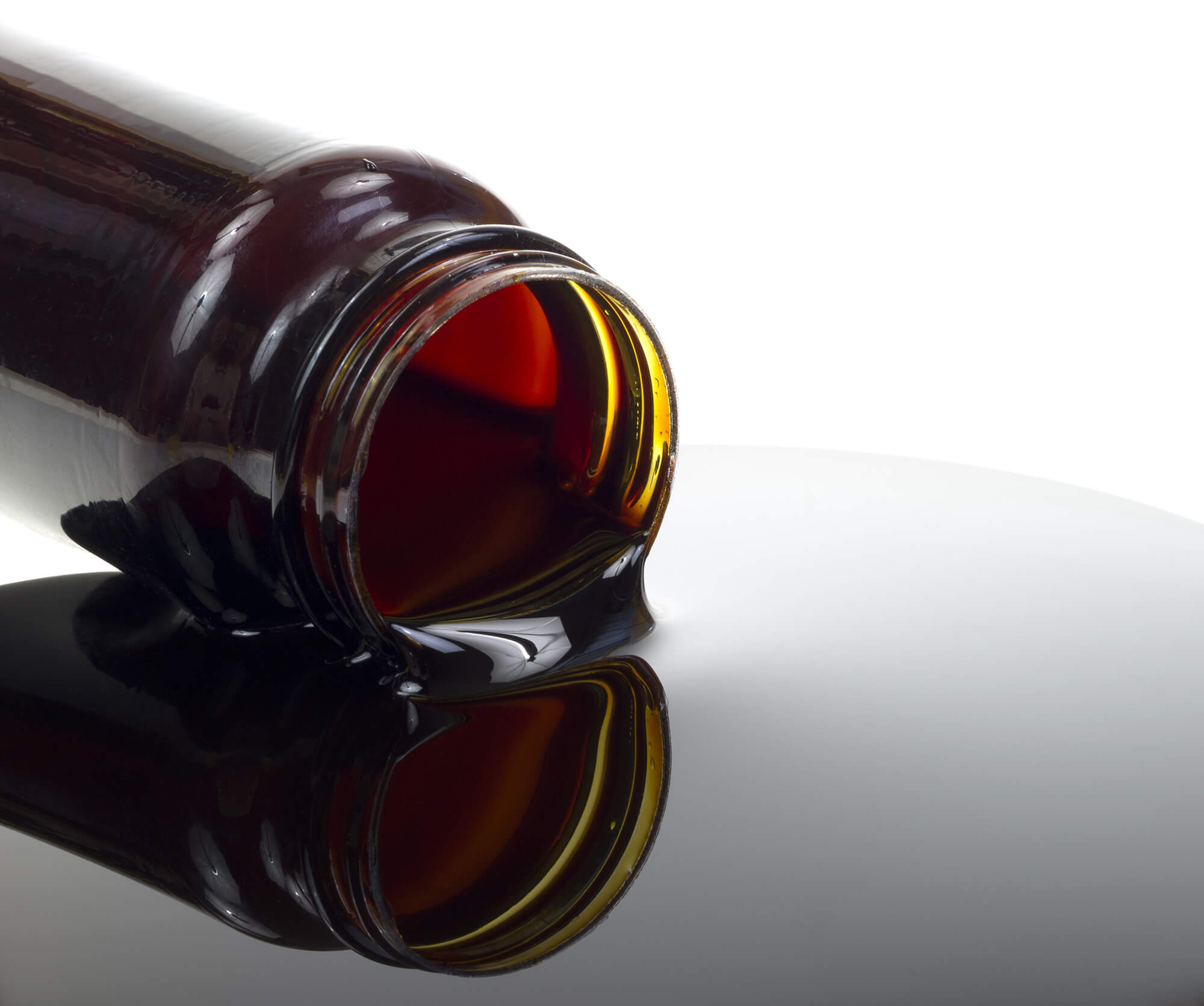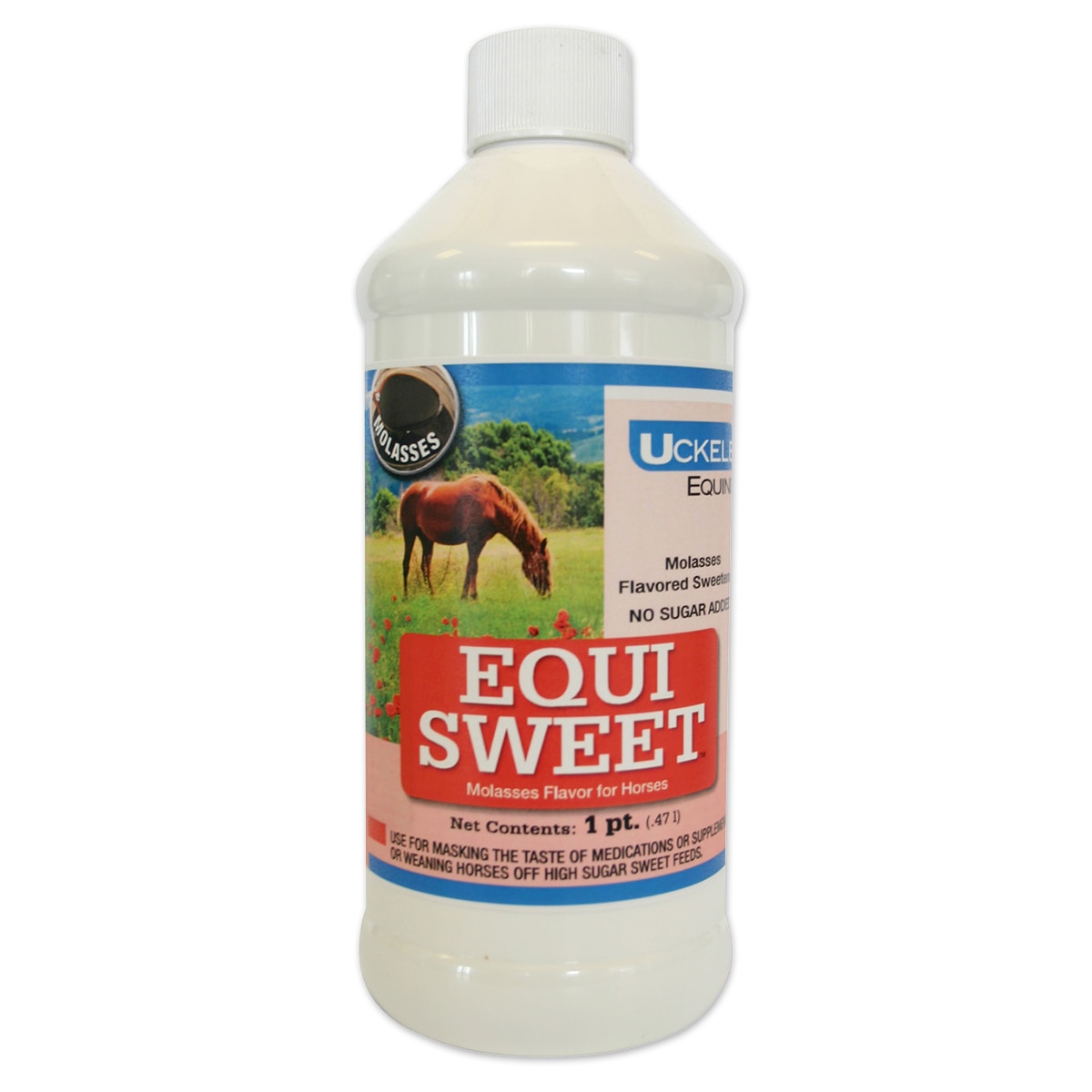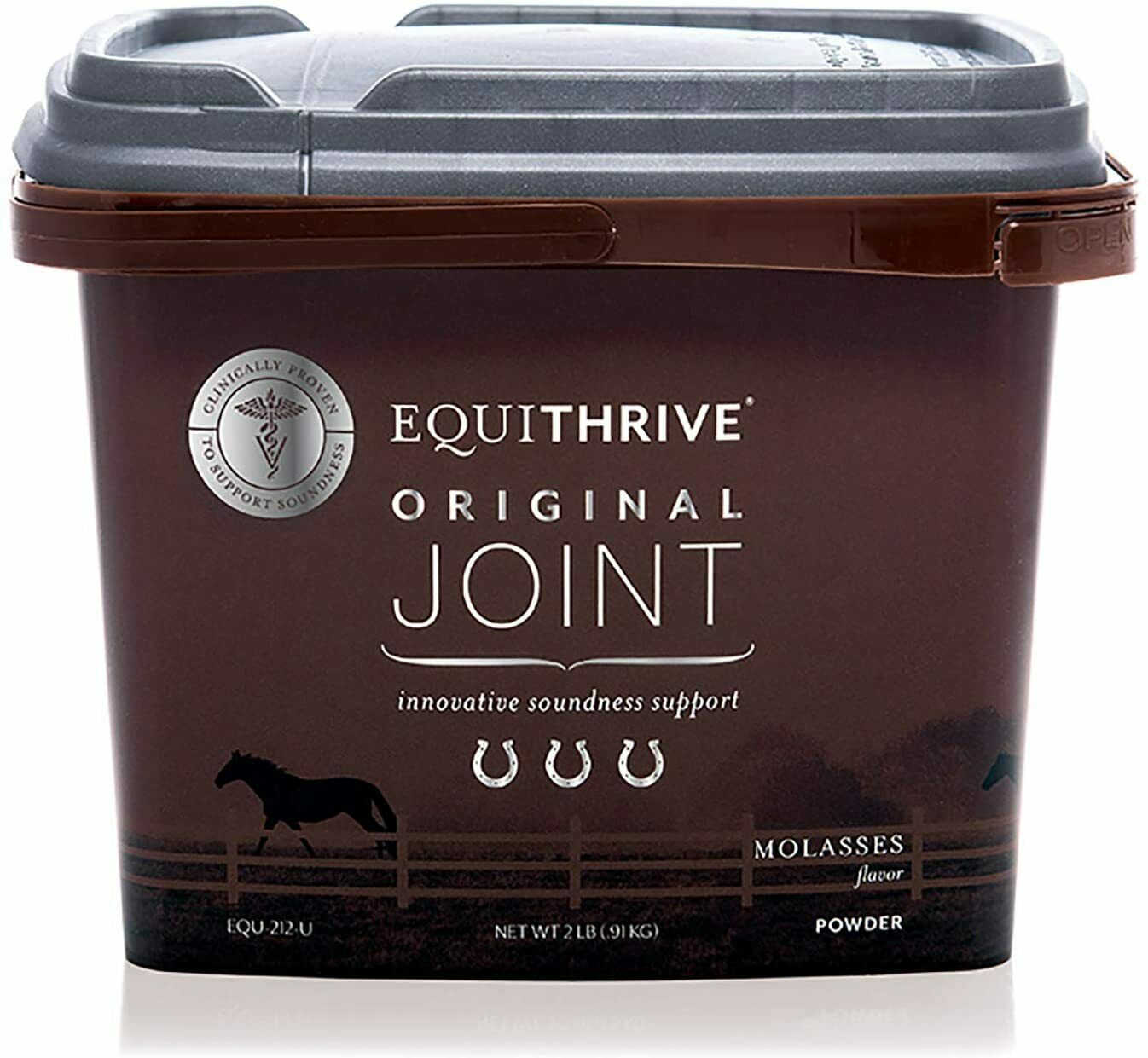Molasses is a beneficial supplement for horses and can provide them with important vitamins and minerals. It can also be used to sweeten a horse’s feed, which can improve the flavor and make it more palatable. In this article, we will discuss how much molasses is appropriate for horses, when to feed it, and the benefits of adding it to your horse’s diet.
Benefits of Molasses for Horses

Molasses is a popular supplement for horses and can offer a range of benefits when included in their diet. Some of the major benefits are listed below:
- Improved digestion – Molasses is rich in carbohydrates and is a good source of energy for horses. It also contains a range of vitamins, minerals and trace elements that can help to improve digestion, as well as being high in fiber.
- Boosts appetite – Molasses is known to be an appetite stimulant, so can be beneficial for horses that are struggling to eat a balanced diet.
- Aids in maintaining a healthy coat – Molasses is high in B vitamins, which can help to maintain a healthy coat and shiny mane.
- Improves joint health – Molasses is rich in calcium, which can be beneficial for horses that suffer from joint pain or arthritis.
- Improves hoof health – Molasses is high in magnesium and phosphorous, which are both important for maintaining healthy hooves.
Overall, molasses can be an excellent addition to a horse’s diet, providing a range of important vitamins and minerals as well as a boost of energy for improved performance.
Types of Molasses

Molasses is a sweet syrup that is derived from sugar cane or sugar beets. It is a popular feed supplement for horses and other animals, providing essential nutrients as well as energy. There are several different types of molasses that vary in consistency, flavor, and nutrient content.
- Sulfured Molasses: This type of molasses is made from green sugar cane and is treated with sulfur dioxide during processing. It has a mild, somewhat acidic flavor and is darker in color than other types of molasses. It also has a higher sugar content than unsulfured molasses, making it a popular choice for baking.
- Unsulfured Molasses: Unsulfured molasses is made from mature sugar cane and is not treated with sulfur dioxide. It is lighter in color than sulfured molasses and has a milder, sweeter flavor. It is often used in baking, as well as in animal feed.
- Blackstrap Molasses: This type of molasses is made from the syrup that is left after all the sugar has been extracted from sugar cane or sugar beets. It is very dark in color and has a strong, bitter flavor. It is rich in minerals and other nutrients, making it a popular choice for animal feed.
- Fancy Molasses: Fancy molasses is a blend of sulfured and unsulfured molasses. It is milder in flavor than blackstrap molasses and is often used in baking. It also has a higher sugar content than blackstrap molasses, making it a popular choice for sweetening animal feed.
How Much Molasses to Feed a Horse

Molasses is a popular feed supplement for horses due to its high sugar content and palatability. However, it is important to feed it in the correct amounts. Here are some tips for feeding your horse molasses.
Age and Weight of Horse
The age and weight of your horse will determine the amount of molasses you should feed them. Generally, horses should not consume more than 3% of their body weight in molasses per day. For example, if your horse weighs 1000lbs, they should not receive more than 30lbs of molasses per day.
Amount of Feed
The amount of feed you give to your horse should also be taken into account when determining how much molasses to feed them. If your horse is receiving a balanced diet, then the molasses should not make up more than 10% of their feed intake per day.
Consideration for Other Supplements
If your horse is receiving other supplements such as vitamins and minerals, these should also be taken into consideration when determining how much molasses to feed. Molasses should not make up more than 25% of their daily supplement intake.
Conclusion
When feeding your horse molasses, it is important to take into consideration the age and weight of your horse, the amount of feed they are receiving, and any other supplements they may be taking. By following these guidelines, you can ensure that your horse is receiving the correct amount of molasses.
Effects of Overfeeding Molasses to Horses

Molasses is a great source of energy for horses and can be used to supplement their diets. However, if horses are overfed with molasses, there can be some serious health consequences.
- Weight Gain: Overfeeding your horse with molasses can lead to excessive weight gain. This can put strain on their joints, leading to lameness and other health issues.
- Laminitis: The excess sugar in molasses can lead to laminitis, an inflammation of the sensitive layers of tissue inside the hoof that attach the coffin bone to the hoof wall.
- Diarrhea: Overfeeding your horse with molasses can lead to diarrhea, as too much sugar can lead to an imbalance in the gut bacteria. This can be very serious and can lead to dehydration.
- Behavioural Changes: Consuming too much molasses can cause behavioural changes such as increased aggression or a decrease in performance. This can be dangerous for both horse and rider.
It is important to monitor your horse’s intake of molasses and ensure they are not being overfed. Talk to your vet if you have any questions or concerns about the amount of molasses your horse is consuming.
Ways to Feed Molasses to Horses

Molasses is a sweetener often used to supplement the diets of horses. It is a low-cost, easy-to-find nutrient that can help improve the horse’s overall health and well-being. Feeding molasses to horses can be done in a number of ways, and understanding how much to feed and the best methods of feeding is important.
One way to feed molasses to horses is to mix it with their regular feed. Molasses should be mixed with the feed in a ratio of 1-2 tablespoons per pound of feed. The molasses should be stirred into the feed thoroughly. This helps to ensure that the horse receives the proper amount of molasses.
Another way to feed molasses to horses is to put it in their water. This can be done by mixing one cup of molasses with a gallon of water. This ratio may be adjusted based on the horse’s size, age, and activity level. Molasses-water should be changed every day and should not be left sitting out in the sun.
Molasses can also be fed directly to horses. This should be done with caution, as horses can become very excited and overexcited when they smell the sweet smell of molasses. Molasses should be fed in small amounts, and should never be fed in large amounts as it can cause digestive issues in horses.
Finally, molasses can be fed to horses in the form of treats or supplements. There are many commercial supplements available that are specifically designed for horses and contain molasses. These can be added to the horse’s regular feed or given as a treat.
No matter which method is used to feed molasses to horses, it is important to keep in mind that molasses should always be fed in moderation. Too much molasses can cause digestive issues, and it is also important to monitor the horse’s overall health and well-being when feeding molasses.
Safety and Storage of Molasses

Molasses is an important part of a horse’s diet, but it is important to remember that it is a concentrated sugar source and should be used and stored properly. Here are some tips to ensure the safe use and storage of molasses:
- Only feed molasses to horses that are used to it and can tolerate it. Molasses can produce digestive problems in horses that are not used to it.
- Do not feed molasses to horses that are not in good health or that are pregnant or lactating.
- Only feed molasses in small amounts, as too much can cause digestive problems.
- Store molasses in an airtight container in a cool, dry place.
- Keep away from children and pets.
- Do not use molasses that is past its expiration date.
Cost of Feeding Molasses to Horses
Molasses is a sweet, sticky syrup that can be used as a nutritional supplement for horses. Horses can benefit from the added nutrients and energy, but it is important to keep in mind that molasses should not become a major part of their diet.
For horses, the cost of feeding molasses can vary depending on the type of molasses, the amount fed, and the horse’s size and activity level. Generally, molasses should not exceed 10% of the horse’s total daily feed.
| Type of Molasses | Cost per Pound |
|---|---|
| Blackstrap Molasses | $0.50 – $2.00 |
| Sulfured Molasses | $0.30 – $1.20 |
| Unsulfured Molasses | $1.50 – $3.00 |
| Organic Molasses | $2.50 – $5.00 |
For a 1,000-pound horse, feeding 1 pound of molasses per day would cost approximately $1.50 to $5.00 per day. An average horse should not be given more than 1 pound of molasses per day.
When feeding molasses to horses, it is important to monitor intake and watch for signs of digestive upset. Molasses should be fed in small amounts, and should not exceed 10% of the horse’s total daily feed.
Frequently Asked Questions
1. What are the benefits of adding molasses to horse feed?
Adding molasses to horse feed offers many beneficial properties for horses. Here are some of the main benefits:
- Molasses provides an energy boost for horses. It is a rich source of carbohydrates, which can provide energy for performance horses.
- Molasses helps to improve the palatability of feed, making it more attractive to horses.
- It is a good source of essential vitamins and minerals, such as calcium, phosphorus, magnesium, iron and zinc.
- Molasses can help to keep the digestive system healthy by providing prebiotics and probiotics.
- It can help to reduce dust and improve the flowability of feed.
2. What type of molasses should be used for horses?
Molasses is a great source of nutrition for horses, providing them with energy and essential vitamins and minerals. However, not all types of molasses are suitable for horses. The type of molasses that should be used for horses is as follows:
- Unsulphured Molasses – This type of molasses contains the least amount of sulphur (which can be toxic to horses if consumed in large quantities) and the highest amount of minerals and vitamins. It is also the sweetest type of molasses, making it more palatable for horses.
- Blackstrap Molasses – This type of molasses has a much higher mineral content than unsulphured molasses and is often recommended for horses who need additional vitamins and minerals in their diet. However, it is also much less sweet, making it less palatable for horses.
When deciding which type of molasses to use for your horse, it is important to consider their nutritional needs and the palatability of the molasses. Ultimately, the best type of molasses for your horse will depend on their individual needs and preferences.
3. How often should molasses be added to horse feed?
Molasses is a great source of energy for horses, but it should not be added to the feed too often. Here are some guidelines for how often to add molasses to horse feed:
- No more than once per week for horses in light work.
- No more than once every two weeks for horses in moderate work.
- No more than once a month for horses in heavy work.
It is also important to remember that molasses should not replace important sources of nutrition such as hay, grain, and vitamins. Horses should still receive the same amount of these essential nutrients, with molasses being added as an occasional supplement.
4. Are there any risks associated with adding molasses to horse feed?
Adding molasses to horse feed can be beneficial in providing horses with additional energy and nutrients. However, there are some risks associated with feeding horses too much molasses. These risks include:
- Weight gain – Molasses is high in sugar, which can lead to weight gain if fed in large amounts.
- Laminitis – Too much sugar in the diet can lead to laminitis, an inflammation of the sensitive laminae in the hoof wall.
- Gut disturbance – Too much sugar can disrupt the gut bacteria in the horse’s digestive tract, leading to colic or other digestive issues.
- Behavioral issues – Excessive sugar can cause horses to become hyperactive or even aggressive.
Therefore, it is important to be aware of the risks associated with adding molasses to horse feed and to follow the recommended feeding guidelines.
5. Does the amount of molasses added to horse feed vary by the horse’s age and size?
Yes, the amount of molasses added to a horse’s feed should vary depending on the horse’s age and size. Generally, the amount of molasses given to a horse should be reduced as the horse ages. Additionally, the size of the horse should also be taken into account when determining how much molasses to add to their feed.
- Age – As horses age, their metabolism slows and they become less active. This means they don’t require as much molasses to maintain their energy levels. Therefore, the amount of molasses added to their feed should be reduced as they age.
- Size – The size of a horse should also be taken into account when determining how much molasses to add to their feed. Smaller horses require less molasses than larger horses.
It is important to monitor the amount of molasses added to a horse’s feed in order to ensure they are receiving the appropriate amount for their age and size. Too much molasses can lead to health problems such as colic, laminitis, and obesity.
Conclusion
When it comes to feeding horses with molasses, it is important to understand that there is no one-size-fits-all answer. Rather, the amount of molasses that should be fed to a horse depends on the individual animal and its specific needs. Factors such as age, health, and activity level should be taken into consideration when determining how much molasses to feed a horse. Additionally, when feeding a horse with molasses, it is important to monitor their diet and health closely to ensure that they are getting the right amount of nutrition and not consuming too much sugar. Ultimately, the best way to determine how much molasses is right for a horse is to consult with a veterinarian or equine nutritionist.
References
- Rand, J.S., and Redding, R.W. (2008). Nutritional Management of the Equine Athlete. In: M.E. Ratcliffe (Ed.) Equine Sports Medicine and Surgery, 1st ed. Wiley-Blackwell, Ames, IA, pp. 613-636.
- Fohrman, M.H. (2012). Feeding and Care of the Horse. In: A.M. Johnson and R.A. Ediger (Eds.) Equine Science, 4th ed. Pearson, Upper Saddle River, NJ, pp. 211-231.
- Dill, B.B., and Schryvers, O. (2000). Molasses: A Sweetener for Horses. Canadian Veterinary Journal, 41(11), 863-867.
- Giles, J.R. (2016). Feeding Horses Molasses. The Horse. https://thehorse.com/143631/feeding-horses-molasses/
- American Association of Equine Practitioners. (2018). Molasses in the Diet of Horses. https://aaep.org/horsehealth/molasses-in-the-diet-of-horses



